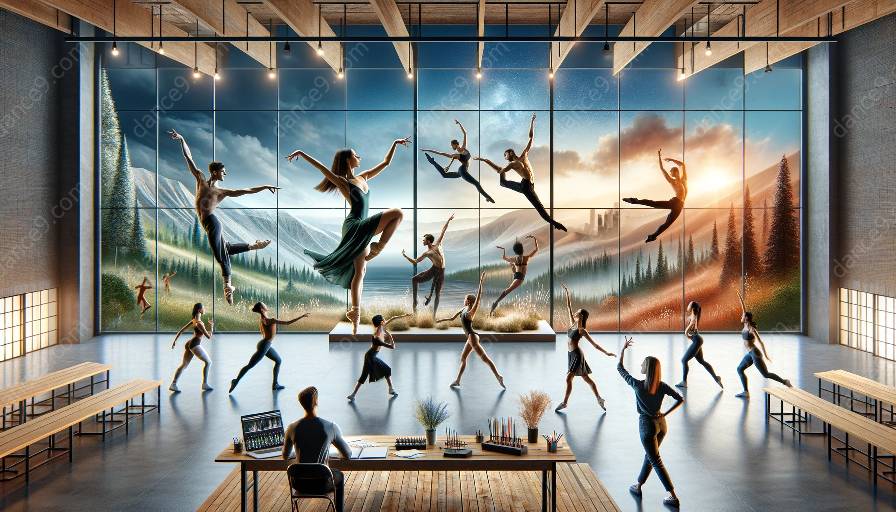Choreography plays a pivotal role in shaping and advancing dance technique, contributing to the evolution of dance as a rich and diverse art form. This topic cluster delves into the intertwined relationship between choreography and dance technique, exploring the principles that drive both disciplines and the impact of choreographic innovation on the development of dance technique.
Principles of Choreography
The principles of choreography form the conceptual framework that governs the creation and organization of movement in dance. Choreographers draw from a set of fundamental principles to structure their compositions, including elements such as space, time, energy, and dynamics. By manipulating these elements, choreographers can craft sequences that challenge dancers to push the boundaries of their technical abilities and expressiveness.
Space serves as a canvas for choreographers to design movement patterns, spatial relationships, and the use of levels and directions. Time is a critical dimension that choreographers manipulate to create rhythmic and dynamic variations in their compositions. Energy and dynamics infuse movement with varying levels of force, articulation, and emotional qualities, allowing choreographers to evoke distinct moods and atmospheres through their choreographic choices. By adhering to these principles, choreographers shape the technical demands placed on dancers, fostering innovation and growth in dance technique.
Interplay Between Choreography and Dance Technique
The relationship between choreography and dance technique is symbiotic, with each influencing the other in a dynamic exchange of creativity and skill development. Choreographers often collaborate closely with dancers to create movements that challenge and expand the limits of existing dance techniques. Through intricate and demanding choreography, dancers are compelled to refine their technical prowess, adapt to new movement vocabularies, and explore innovative ways of embodying artistic concepts.
Conversely, advancements in dance technique open new possibilities for choreographers to experiment with movement vocabularies, explore physical capabilities, and break new ground in choreographic invention. As dance technique continues to evolve, choreographers are presented with a rich tapestry of movement possibilities to explore and integrate into their works, further fueling the development and diversification of choreographic styles.
Choreographic Innovation and Dance Technique Development
Choreographic innovation stands as a catalyst for the advancement of dance technique, pushing dancers to enhance their physical, technical, and artistic capabilities. Pioneering choreographers have introduced groundbreaking approaches to movement creation, challenging conventional norms and inspiring dancers to explore uncharted territories of technical proficiency and expressive freedom.
From the structured complexities of classical ballet choreography to the daring athleticism of contemporary dance, choreographic innovation has spurred the evolution of diverse dance techniques, enriching the expressive potential of dancers across various genres. Through experimentation, refinement, and reimagination, choreographers have propelled dance technique forward, imbuing it with a breadth of stylistic diversity and technical virtuosity that continues to captivate and inspire audiences worldwide.
Conclusion
The symbiotic relationship between choreography and dance technique has served as a driving force in the evolution of dance as an art form. By examining the principles of choreography and its interplay with dance technique, we gain a deeper understanding of the dynamic forces that shape the creative and technical landscape of dance. As choreographers continue to innovate and challenge the boundaries of movement creation, and dancers strive to embody these innovations with technical precision and artistic expression, the contribution of choreography to the development of dance technique remains an enduring testament to the transformative power of artistic collaboration and creativity.






































